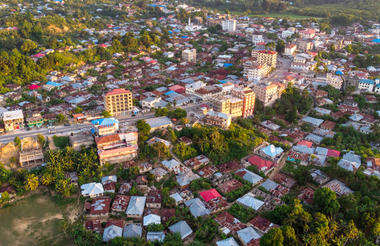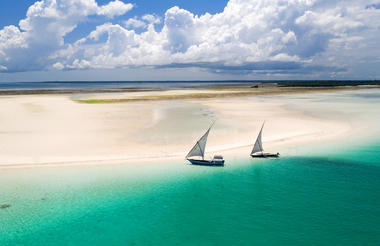Resting at the foot of Mount Meru, the sprawling city of Arusha is known as the safari capital of northern Tanzania. It serves as an excellent base from which to explore the remarkably scenic surrounding area which includes majestic Mount Kilimanjaro, as well as the Manyara, Tarangire and Ngorongoro National Parks. Arusha is a good spot to take a day or two off from the safari circuit as it features a temperate climate and lush surrounds. Visitors can look forward to exploring the wildlife-abundant Serengeti National Park; the magnificent Arusha National Park; and taking on the challenge of climbing Mount Meru, Africa’s fifth highest mountain.
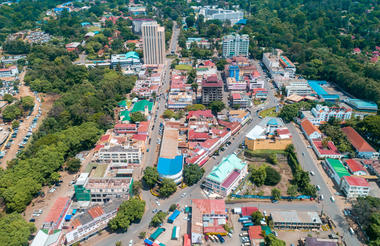
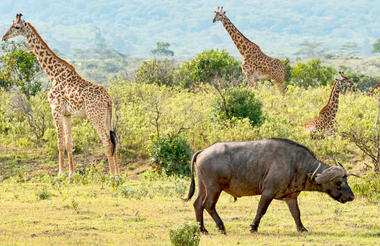

Not to be confused with the Kenyan lake of the same name set only a hundred kilomtres away, the Tanzanian Lake Magadi is an exquisite soda lake in the Ngororongo crater, named the Swahili word for salt. This is a wonderful destination for nature photographers, a scene that changes exquisitely through the seasons, moving through lush greens into striking oranges and bright pinks. Along with the changes come captivating, changing groups of animals including rhino, eland and lion, as well as golden jackals who come to hunt the flamingos. Spread over 11.2 square kilometres, the lake cultivates a unique ecosystem with its blue-green algae, which nourishes the plants and small creatures here. The surrounding crater is filled with incredible other natural attractions and a much wider variety of wildlife.
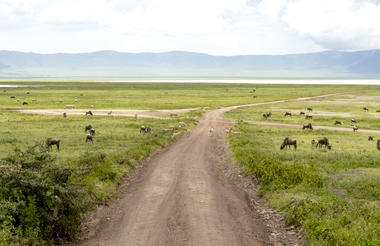
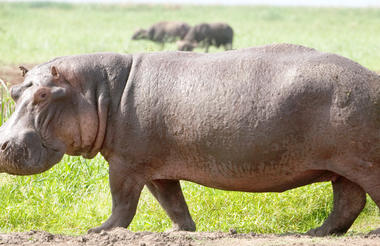

Northern Tanzania's Southern Serengeti, together with Kenya’s Masai Mara Game Park, form Africa’s most famous wildlife park. The image of acacia trees on an endless grass plain epitomises Africa for many. The annual wildebeest migration through the Serengeti and the Masai Mara is the largest mass movement of land mammals on the planet – with more than a million animals following the rains. Large prides of lions, and herds of elephants, giraffes, gazelles, and eland can be seen, making for some phenomenal photography opportunities. Hot air balloon rides provide further inspiration. Visitors can also look forward to cultural tours to delve into the rich heritage of the Masai people.
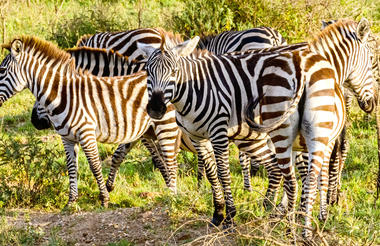


Situated on the western coast of Zanzibar’s Unguja Island, UNESCO-listed Stone Town is the oldest part of Zanzibar City and is the cultural heart of the island. The town’s photogenic winding alleys are fringed by grand historic buildings, bustling bazaars, a glorious sultan’s palace, and the intriguing House of Wonders - named as such for exhibiting running water and electricity as never before in 1883. Stone Town also boasts numerous sacred buildings - over fifty mosques, six Hindu Temples, a Catholic, and an Anglican Cathedral - all of which are beautiful in unique ways. Other highlights include sunset dhow cruises; spice tours to aromatic distilleries; and neighbouring Changuu Island, home to stunning sandy beaches, a historic prison, and dozens of giant, ancient tortoises.

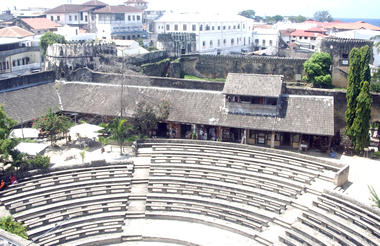
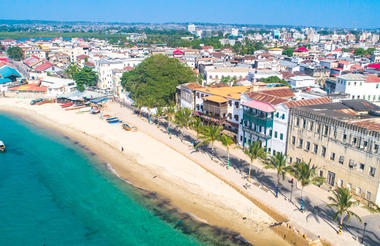
While similar in size to its neighbouring Unguja Island, Pemba is far less developed and touristy. As a result, this island paradise has a remarkably remote, authentic and unspoilt feel to it - and the coastline is lined with gorgeous mangroves and secluded beaches. Known throughout East Africa as a centre for practicing and learning the ancient arts of traditional African healing, the island has a rich and fascinating history that the notoriously friendly locals seem eager to share with visitors. Pemba is home to three main towns and boasts a wide range of attractions. Spend your days exploring the indigenous Ngezi and Ras Kiuyu Forests, both brimming with an abundance of unusual bird and wildlife; scuba diving in the crystal-clear waters (home to a variety of marine life including mantas and turtles), or exploring the incredible Ras Mkumbuu Ruins which date back to the 11th century.

